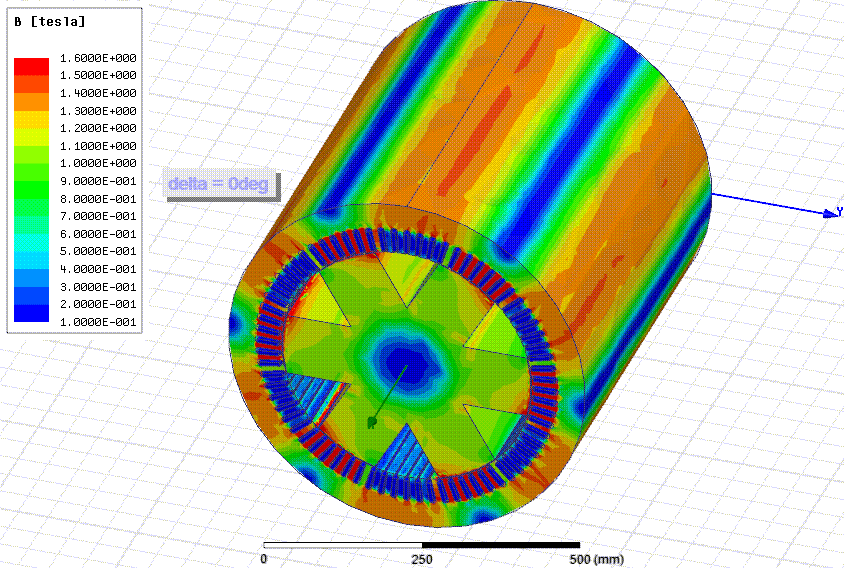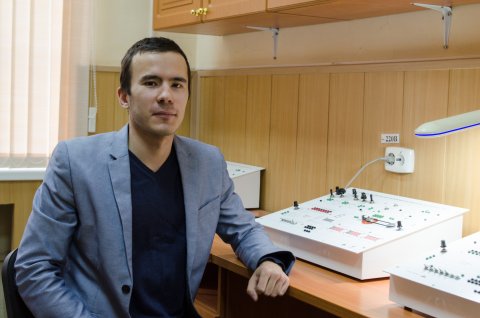Starting from 2013 an all-Russian program on developing infrastructure for electric vehicles for their wide-scale implementation is being realized. The scientists of South Ural State University are working on creating innovative solutions which will facilitate the fulfillment of this program. One of such solutions is a propulsion unit for electric vehicles based on separately excited field reluctance machine.
People became interested in electric vehicles in the 60’s of the 20th century due to ecological problems and escalation of fuel costs. A Tesla Roadster all-electric sports car, which judged by its running characteristics (acceleration dynamics and speed maximum) is as good as any conventional car, was released back in 2008 by an American automobile company from the Silicon Valley. In the recent years, due to continuous surge of prices on oil, electric vehicles are becoming more and more popular again. The innovation by the SUSU scientists allows to significantly improve performance characteristics of Russian electric vehicles.
“My project deals with developing an electric power unit for an electric vehicle based on separately excited field reluctance machine,” explains the author of the idea, postgraduate student at the Department of Automatic Electric Drive at the SUSU’s Polytechnic Institute Evgenii Khayatov. “Such a drive type as reluctance machine has never been used for mobile electric power units before.”
Work in this topical and application-important research allowed the postgraduate to become one of the winners of the Prospects of Science contest held at SUSU under Project 5-100.
Reluctance machines suit well for a wide range of industrial applications which do not require high overload or high rotation speed, and are more and more often used for frequency-controlled pumps due to their enhanced efficiency. But as of yet there has been no experience in using them as engines for electric vehicles.
At the first stage the scientists performed mathematical modeling of an electric vehicle engine by means ANSYS package. ANSYS software allows to study electro-magnetic processes in close relation to mechanical movement. Access to ANSYS products may be obtained through remote access to the SUSU’s supercomputer.
“We built a 3D model of an engine. An electric engine consists of a stator and a rotor. Rotating magnetic field in the stator affects the rotor winding and induces induction current in it; a rotation moment occurs which makes rotor move. At the first stage we changed stator back, and that allowed us to obtain optimal parameters. At the next stage by varying the geometry of the created 3D model we obtained an optimal geometry,” elaborates Evgenii Khayatov.

Picture: Electric Engine 3D Model
At the SUSU’s Research and Engineering Center “Drive Engineering” the rotor’s prototype model was produced. At present the scientists are carrying out studies in order to prove its efficiency. To do that, tests at a real facility are planned.
“For the next stage of our scientific research we are planning to develop a semiconductor converter which is a part of the power unit along with the drive lithium-iron-phosphate batteries,” explains the young scientist.
Today the engineers enjoy great opportunities to promote the electric engines sector. Evgenii Khayatov has already published scientific papers on the research results, including the ones in Russian Electrical Engineering journal indexed at Scopus. In the future the young scientist hopes to bring to life all of his innovations and create a real electric vehicle.




